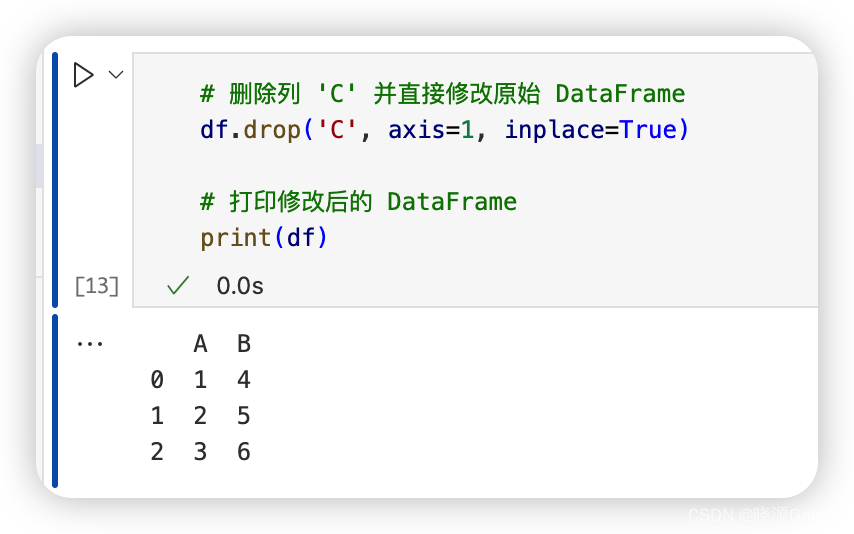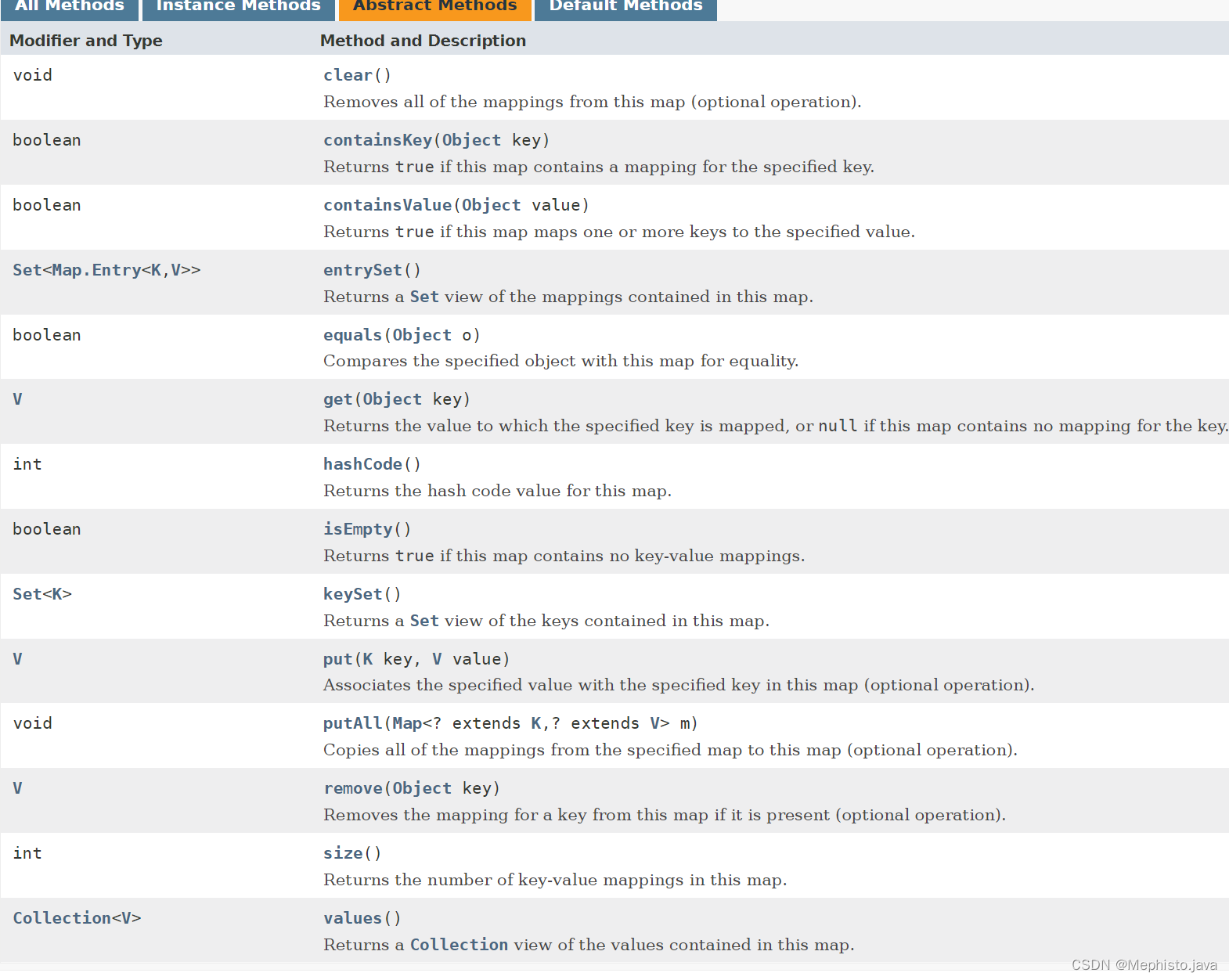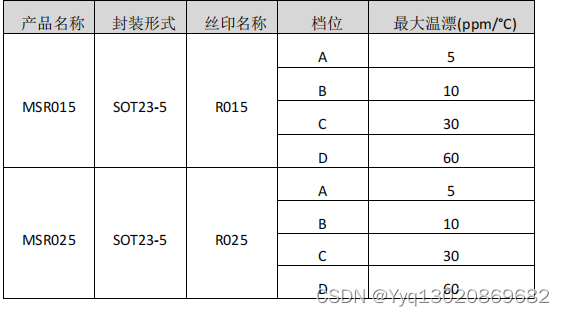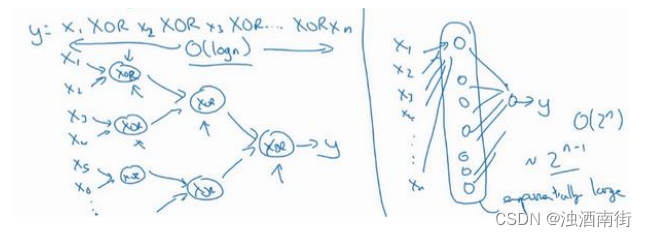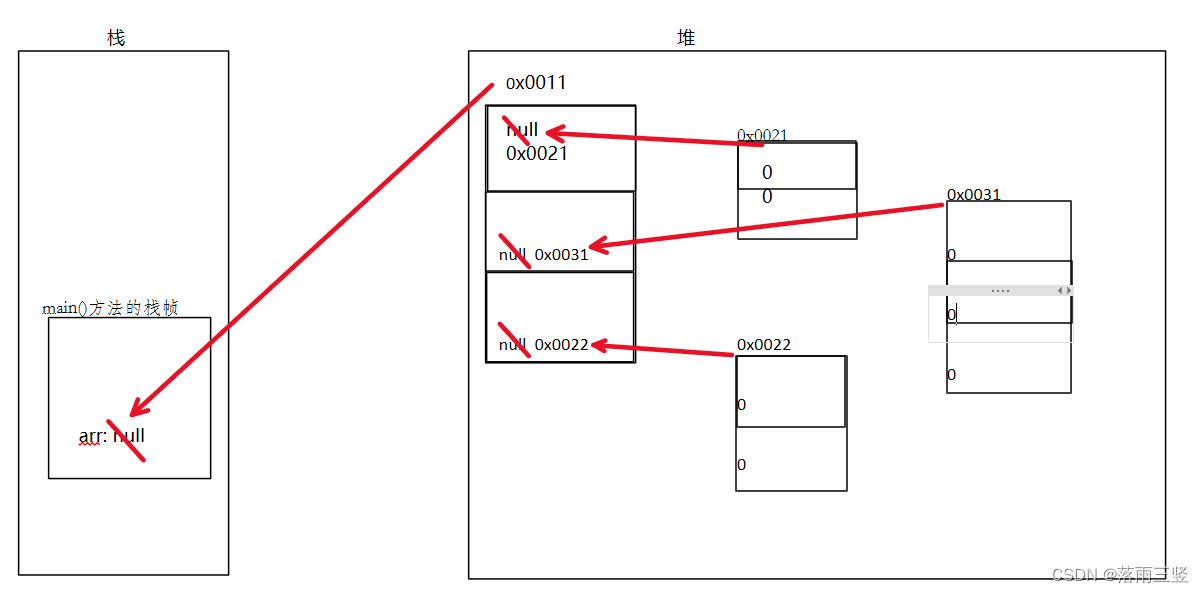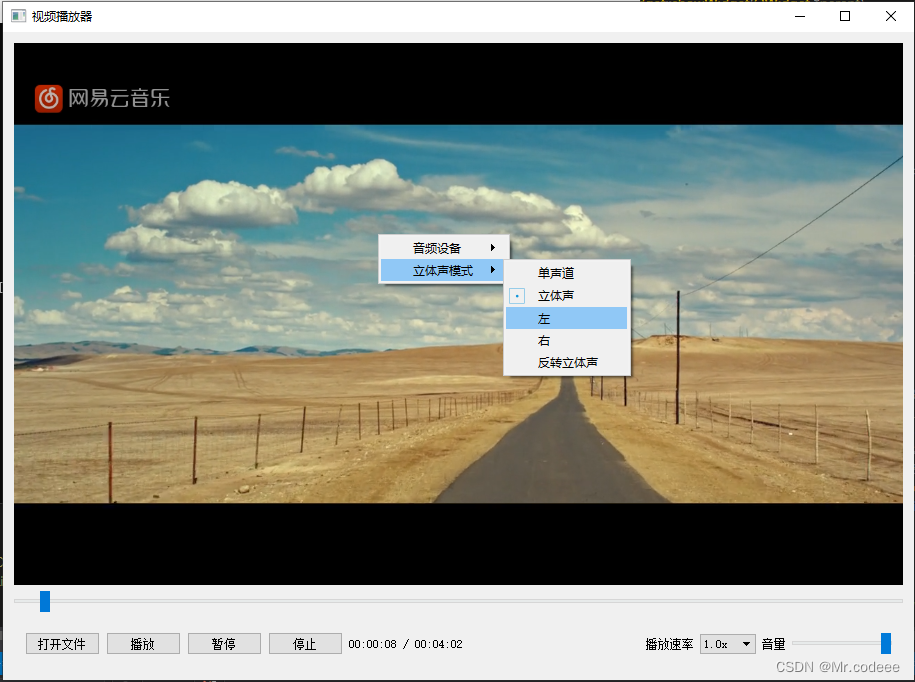- 5. Agent
- 5.1 Tools(Function Calling)
- 5.2 Agent
- 6. Memory
5. Agent
Agent的核心思想是根据用户输入的prompt,使用LLM来选择要采取的一系列操作(agent调用tools = prompt + llm + tools)。在Chain中,一系列操作被硬编码(在代码中)。在Agent中,LLM被用作推理引擎,来确定要采取哪些操作以及按什么顺序。
5.1 Tools(Function Calling)
Tools是Agent可以用来与世界交互的函数API。Tools应该包含以下信息:
- 工具名称
Tools Name(tool.name) - 该工具是什么的描述
Tools Description(tool.description) - 工具输入内容的 JSON 架构
Input Json Mode(tool.args) - 要调用的函数
Function Calling - 工具的结果是否应直接返回给用户
Return Result(tool.return_direct)
如WikipediaAPI为例:
from langchain_community.tools import WikipediaQueryRun
from langchain_community.utilities import WikipediaAPIWrapper
api_wrapper = WikipediaAPIWrapper(top_k_results=1, doc_content_chars_max=100)
tool = WikipediaQueryRun(api_wrapper=api_wrapper)
print(tool.name)
# wikipedia
print(tool.description)
# A wrapper around Wikipedia. Useful for when you need to answer general questions about people, places, companies, facts, historical events, or other subjects. Input should be a search query.
print(tool.args)
# {'query': {'title': 'Query', 'type': 'string'}}
print(tool.return_direct)
# False
上述信息可以用于提示 LLM,以便它知道如何指定要采取的操作,然后要调用的函数相当于采取该操作。工具的输入越简单,LLM就越容易使用它。许多Agent只能使用具有单个字符串输入的工具。重要的是,Name、Description 和 JSON Mode(如果使用)都在Prompt中使用。因此,清晰并准确地描述如何使用该工具非常重要。如果 LLM 不了解如何使用该工具,您可能需要更改默认Name、Description 和 JSON Mode。
工具包Toolkits:是旨在一起用于特定任务并具有方便的加载方法的工具的集合。from langchain.agents import load_tools中所有工具包都公开一个get_tools返回工具列表的方法,创建Agent的函数也和具体的tools有关,伪代码如下:
# Initialize a toolkit
toolkit = ExampleTookit(...)
# Get list of tools
tools = toolkit.get_tools()
# Create agent
agent = create_agent_method(llm, tools, prompt)
定义自定义工具函数Tools Function:在构建自己的Agent时,您需要为其提供可以使用的工具列表,即上述的tools。除了调用的实际tools执行函数之外,该工具还包含几个组件:
name(str),是必需的,并且在提供给代理的一组工具中必须是唯一的description(str),是可选的,但建议使用,因为代理使用它来确定工具的使用args_schema(Pydantic BaseModel)是可选的,但推荐使用,可用于提供更多信息(例如,少数样本示例)或对预期参数的验证。
@tool装饰器:是定义自定义工具函数Tools Function的最简单方法。装饰器默认使用函数名作为Tools Name,但是可以通过给@tool传递字符串作为第一个参数来覆盖Tools Name。此外,装饰器将使用函数的文档字符串作为Tools Description - 因此必须提供文档字符串。
from langchain.tools import BaseTool, tool
@tool
def search(query: str) -> str:
"""Look up things online."""
return "LangChain"
print(search.name)
search
print(search.description)
search(query: str) -> str - Look up things online.
print(search.args)
{'query': {'title': 'Query', 'type': 'string'}}
还可以通过将Tools Name 和 JSON 参数传递到工具装饰器@tool("tool_name", args_schema=SearchInput, return_direct=True) 中来自定义它们。
from langchain.pydantic_v1 import BaseModel, Field
from langchain.tools import tool
class SearchInput(BaseModel):
query: str = Field(description="should be a search query")
@tool("search-tool", args_schema=SearchInput, return_direct=True)
def search(query: str) -> str:
"""Look up things online."""
return "LangChain"
# search-tool
# search-tool(query: str) -> str - Look up things online.
# {'query': {'title': 'Query', 'description': 'should be a search query', 'type': 'string'}}
# True
StructuredTool数据类:也可以用来自定义Tools Function,相比于**@tool装饰器**更加规范:
from langchain.tools import StructuredTool
def search_function(query: str):
return "LangChain"
search = StructuredTool.from_function(
func=search_function,
name="Search",
description="useful for when you need to answer questions about current events",
# args_schema=... <也可以自定义以提供有关输入class的更多信息>
# coroutine= ... <- you can specify an async method if desired as well
)
print(search.name)
# Search
print(search.description)
# Search(query: str) - useful for when you need to answer questions about current events
print(search.args)
# {'query': {'title': 'Query', 'type': 'string'}}
5.2 Agent
常用的Agent类型如下:
-
Conversational Agent
这类Agent可以根据Language Model的输出决定是否使用指定的Tool,以及使用什么Tool(这里的Tool也可以是一个Chain),以及时的为Model I/O的过程补充信息 -
OpenAI functions Agent
类似Conversational Agent,但它能够让Agent更进一步地帮忙提取指定Tool的参数等,甚至使用多个Tools -
Plan and execute Agent
抽象Agent“决定做什么”的过程为“planning what to do”和“executing the sub tasks”(这种方法来自"Plan-and-Solve"这一篇论文),其中“planning what to do”这一步通常完全由LLM完成,而“executing the sub tasks”这一任务则通常由更多的Tools来完成 -
ReAct Agent
让LLM反复执行Reasoning推理和Action执行的方法,类似OpenAI functions Agent,提供了一个更加明确的框架以及由论文支撑的方法 -
Self ask with search
这类Agent会基于LLM的输出,自行调用Tools以及LLM来进行额外的搜索和自查,以达到拓展和优化输出的目的

这里展示一个查询+本地检索的tools来构建OpenAI Agent任务:
# 1. create search tool
export TAVILY_API_KEY="..."
from langchain_community.tools.tavily_search import TavilySearchResults
search = TavilySearchResults()
# 2. create retriever tool
from langchain.text_splitter import RecursiveCharacterTextSplitter
from langchain_community.document_loaders import WebBaseLoader
from langchain_community.vectorstores import FAISS
from langchain_openai import OpenAIEmbeddings
loader = WebBaseLoader("https://docs.smith.langchain.com/overview")
docs = loader.load()
documents = RecursiveCharacterTextSplitter(
chunk_size=1000, chunk_overlap=200
).split_documents(docs)
vector = FAISS.from_documents(documents, OpenAIEmbeddings())
retriever = vector.as_retriever()
from langchain.tools.retriever import create_retriever_tool
retriever_tool = create_retriever_tool(
retriever,
"langsmith_search",
"Search for information about LangSmith. For any questions about LangSmith, you must use this tool!",
)
使用 LLM、Prompts 和 Tools 来初始化Agent。Agent负责接收输入并决定采取什么操作。至关重要的是,Agent不执行这些操作 - 这是由 AgentExecutor 完成的(下一步)。
tools = [search, retriever_tool]
from langchain_openai import ChatOpenAI
llm = ChatOpenAI(model="gpt-3.5-turbo", temperature=0)
from langchain import hub
prompt = hub.pull("hwchase17/openai-functions-agent")
prompt.messages
from langchain.agents import create_openai_functions_agent
agent = create_openai_functions_agent(llm, tools, prompt)
from langchain.agents import AgentExecutor
agent_executor = AgentExecutor(agent=agent, tools=tools, verbose=True)
agent_executor.invoke({"input": "hi!"})
该Agent是无记忆的。这意味着它不记得以前的交互。为了给它记忆,我们需要传入 chat_history。
from langchain_core.messages import AIMessage, HumanMessage
agent_executor.invoke(
{
"chat_history": [
HumanMessage(content="hi! my name is bob"),
AIMessage(content="Hello Bob! How can I assist you today?"),
],
"input": "what's my name?",
}
)
6. Memory
Memory可以帮助Language Model补充历史信息的上下文,LangChain中的Memory是一个有点模糊的术语,它可以像记住你过去聊天过的信息一样简单(如history_message),也可以结合向量数据库做更加复杂的历史信息检索,甚至维护相关实体及其关系的具体信息,这取决于具体的应用
通常Memory用于较长的Chain,能一定程度上提高模型的推理表现
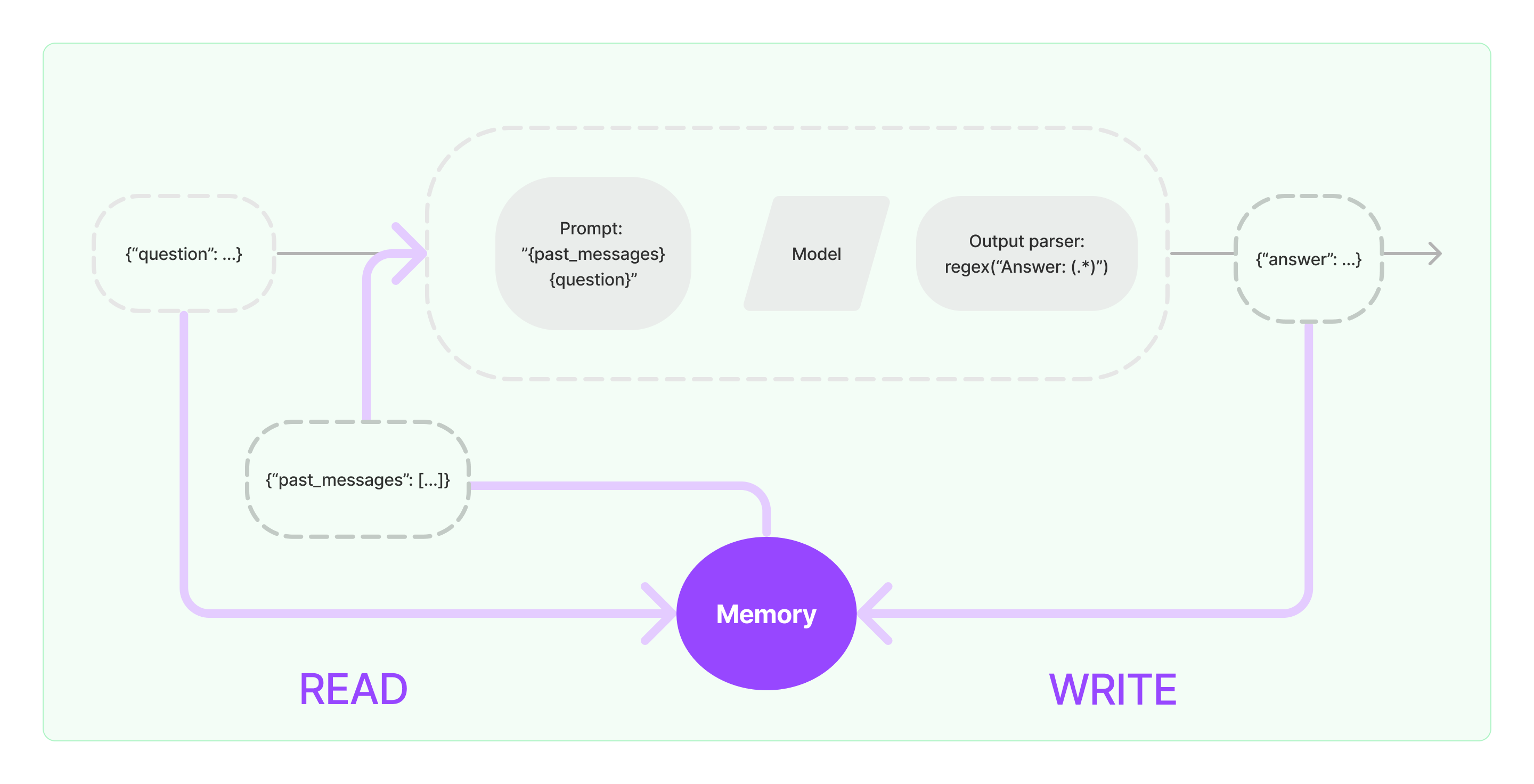
常用的Memory类型如下:
- Chat Messages:: 最简单Memory,将历史Chat记录作为补充信息放入prompt中
- Vector store-based memory :基于向量数据库的Memory,将memory存储在向量数据库中,并在每次调用时查询TopK的最“重要”的文档 这与大多数其他memory类型的不同之处在于,它不显式跟踪交互的顺序,最多基于部分元数据筛选一下向量数据库的查询范围
- Conversation buffer(window) memory 保存一段时间内的历史Chat记录,它只使用最后K个记录(仅保持最近交互的滑动窗口),这样buffer也就不会变得太大,避免超过token上限
- Conversation summary memory: 这种类型的Memory会随着Chat的进行创建对话的摘要,并将当前摘要存储在Memory中,用于后续对话的history提示;这种memory方案对长会话非常有用,但频繁的总结摘要会耗费大量的token
- Conversation Summary Buffer Memory: 结合了buffer memory和summary memory的策略,依旧会在内存中保留最后的一些Chat记录作为buffer,并在buffer的总token数达到预置的上限后,对所有Chat记录总结摘要作为SystemMessage并清理其它历史Messages;这种memory方案结合了buffer memory和summary memory的优点,既不会频繁地总结摘要消耗token,也不会让buffer缺失过多信息
下面是一个Conversation Summary Buffer Memory在ConversationChain中的使用示例,包含了切换会话时恢复现场memory的方法以及自定义summary prompt的方法:
from langchain.chains import ConversationChain
from langchain.memory import ConversationSummaryBufferMemory
from langchain.llms import OpenAI
from langchain.schema import SystemMessage, AIMessage, HumanMessage
from langchain.memory.prompt import SUMMARY_PROMPT
from langchain.prompts import PromptTemplate
llm = OpenAI(temperature=0.7, openai_api_key=OPENAI_API_KEY, openai_api_base=OPENAI_PROXY_URL+"/v1")
# ConversationSummaryBufferMemory默认使用langchain.memory.prompt.SUMMARY_PROMPT作为summary的PromptTemplate
# 如果对它summary的格式/内容有特殊要求,可以自定义PromptTemplate(实测默认的summary有些流水账)
prompt_template_str = """
## Instruction
Progressively summarize the lines of conversation provided, adding onto the previous summary returning a new concise and detailed summary.
Don't repeat the conversation directly in the summary, extract key information instead.
## EXAMPLE
Current summary:
The human asks what the AI thinks of artificial intelligence. The AI thinks artificial intelligence is a force for good.
New lines of conversation:
Human: Why do you think artificial intelligence is a force for good?
AI: Because artificial intelligence will help humans reach their full potential.
New summary:
The human inquires about the AI's opinion on artificial intelligence. The AI believes that it is a force for good as it can help humans reach their full potential.
## Current summary
{summary}
## New lines of conversation
{new_lines}
## New summary
"""
prompt = PromptTemplate(
input_variables=SUMMARY_PROMPT.input_variables, # input_variables为SUMMARY_PROMPT中的input_variables不变
template=prompt_template_str, # template替换为上面重新编写的prompt_template_str
)
memory = ConversationSummaryBufferMemory(llm=llm, prompt=prompt, max_token_limit=60)
# 添加历史memory,其中第一条SystemMessage为历史对话中Summary的内容,第二条HumanMessage和第三条AIMessage为历史对话中最后的对话内容
memory.chat_memory.add_message(SystemMessage(content="The human asks what the AI thinks of artificial intelligence. The AI thinks artificial intelligence is a force for good because it will help humans reach their full potential. The human then asks the difference between python and golang in short. The AI responds that python is a high-level interpreted language with an emphasis on readability and code readability, while golang is a statically typed compiled language with a focus on concurrency and performance. Python is typically used for general-purpose programming, while golang is often used for building distributed systems."))
memory.chat_memory.add_user_message("Then if I want to build a distributed system, which language should I choose?")
memory.chat_memory.add_ai_message("If you want to build a distributed system, I would recommend golang as it is a statically typed compiled language that is designed to facilitate concurrency and performance.")
# 调用memory.prune()确保chat_memory中的对话内容不超过max_token_limit
memory.prune()
conversation_with_summary = ConversationChain(
llm=llm,
# We set a very low max_token_limit for the purposes of testing.
memory=memory,
verbose=True,
)
# memory.prune()会在每次调用predict()后自动执行
conversation_with_summary.predict(input="Is there any well-known distributed system built with golang?")
conversation_with_summary.predict(input="Is there a substitutes for Kubernetes in python?")

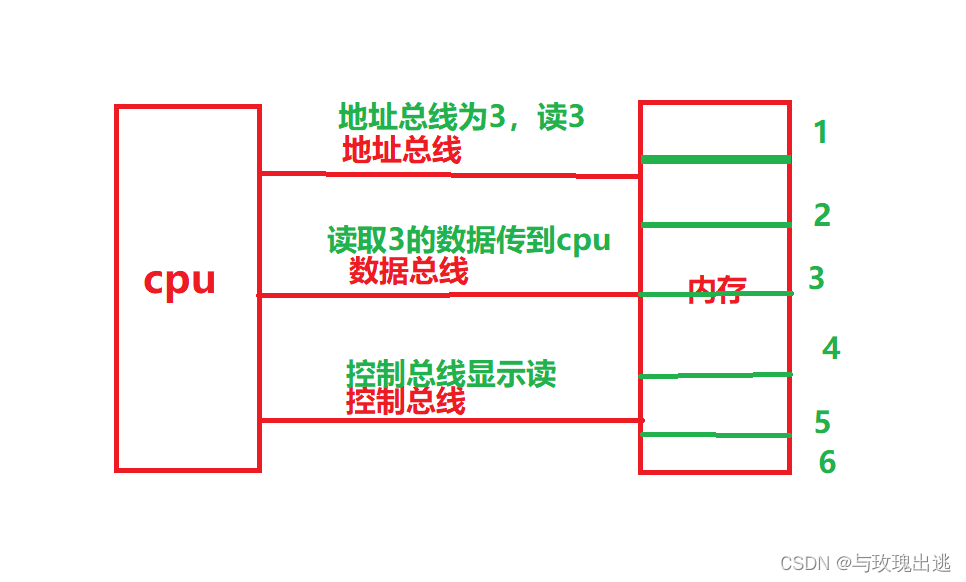


![[数据结构]双向带头循环链表制作](https://img-blog.csdnimg.cn/direct/d7a3f2063c8d4caab458d44767556cd3.png)



